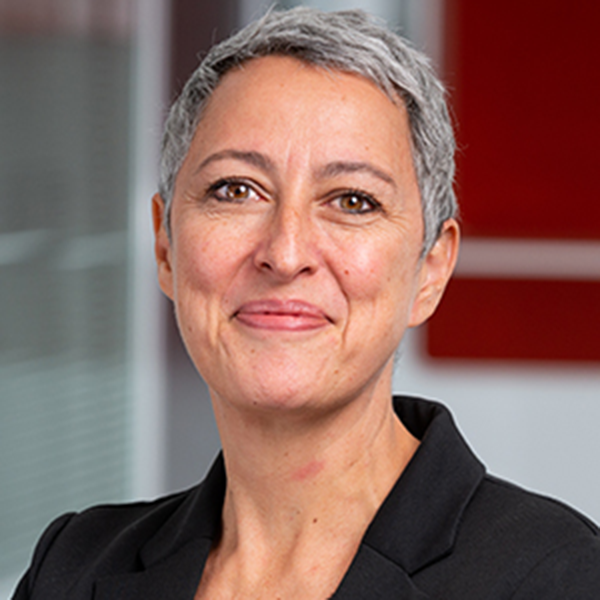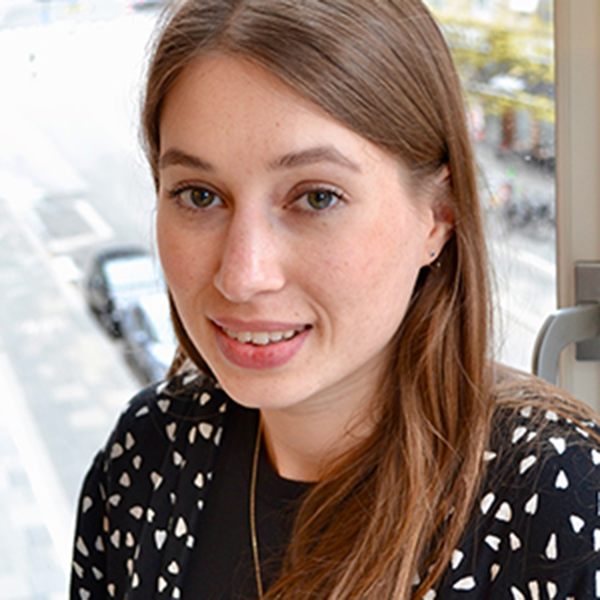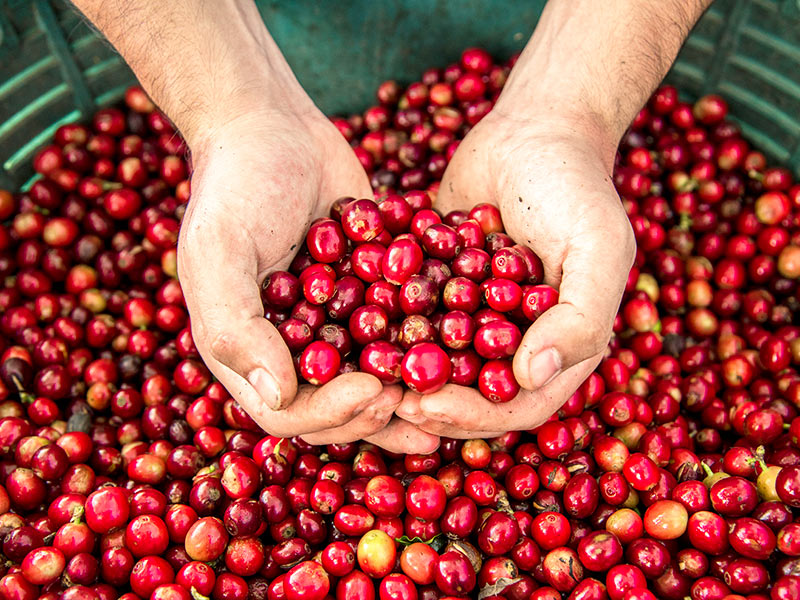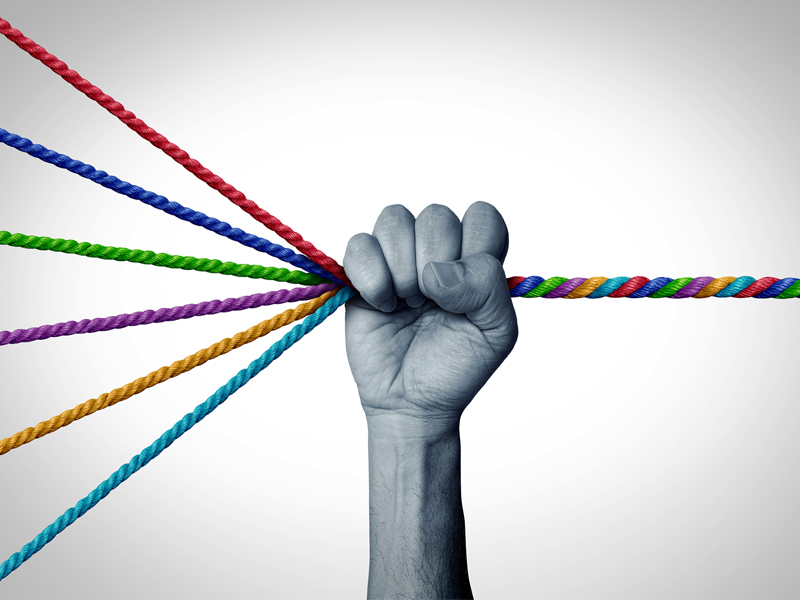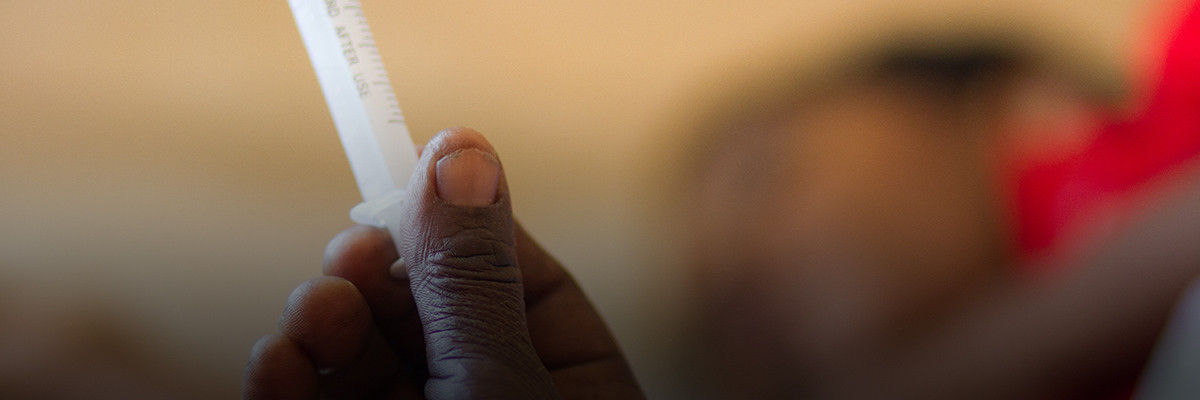
Authors
This blog is part of a series of interviews on how the private sector contributes to sustainable development through collaboration. It is adapted from an interview with Moz Siddiqui, manager of global operational partnerships and health innovation at Gavi, as research for Private-Sector Collaboration for Sustainable Development, a new report from BSR and The Rockefeller Foundation.
BSR: What is Gavi, and why was it established?
Moz Siddiqui: Gavi, the Vaccine Alliance, is an alliance of UNICEF, the WHO, the World Bank, donors, recipient countries, civil society, the pharmaceutical industry, and other private-sector companies. It was established in 2000 to address declining coverage rates of vaccines and the huge disparity in access to vaccines for preventable diseases in the world’s poorest countries.
In 1998, the WHO, the WEF, UNICEF, health ministers, and the pharmaceutical industry convened to understand why children were still dying from basic preventable diseases. They realized that the key issue was affordability. At the time, sovereign donors supported states directly, and there was no coordination around vaccines. It became clear that solving the issue of vaccine affordability and access would require collaboration between the private and public sectors. In 1999, challenged by Bill and Melinda Gates, key UN agencies, leaders of the vaccine industry, representatives of bilateral aid agencies, and major foundations agreed to work together through a new partnership: Gavi was seeded.
BSR: How does Gavi work, and what have been your key achievements?
Siddiqui: Gavi believes that through vaccinations, one can build healthy societies and economies. Our model is to address the disparity in access to vaccines by aggregating and pooling the collective demand for vaccines in almost 70 countries. Gavi purchases vaccines and thus provides long-term, predictable demand for them. It ensures the appropriate supply of quality vaccines by minimizing their cost and ensuring that the highest quality requirements are met.
To date, thanks to its purchasing power, Gavi has been able to reduce the price for 10 essential vaccines (such as Hepatitis B and Measles) from US$950 to US$35. We’ve enabled vaccinations for 680 million children worldwide, and we’ve reached US$80 to US$100 million in economic savings through Gavi’s purchasing power, resulting in a knock-on effect of US$350 billion of economic savings.
BSR: How has Gavi evolved along the way?
Siddiqui: Over the years, Gavi has been able to scale and grow. But more essentially, Gavi has become a market creator and a market shaper. It is one thing to ensure an appropriate supply of vaccines in a country, but it is another to make sure that appropriate institutions and systems are in place to allow for products to be redistributed and reach the point of care. Gavi does that.
The Alliance has evolved into a collaboration that goes beyond ensuring the supply of affordable vaccines in developing countries to one that strengthens healthcare systems. This was enabled by understanding the role that the healthcare system plays in health. Very early on, Gavi realized that it was not enough to ensure access to products and “hand them over the fence,” but that there were systemic challenges for healthcare systems in low-income countries.
BSR: What are Gavi’s key success factors?
Siddiqui: First, it’s about governance and collective decision-making: Multistakeholder collaboration is in Gavi’s DNA, with very different actors coming together and engaging in collective decision-making. Second, it’s about acknowledging each organization’s core competencies: Gavi is a curious mix of public-sector, civil society, private-sector, and sovereign donors. The fact that the alliance has existed since 2000 is a testament to how well they acknowledge and leverage each other’s core strengths.
Third, it’s about creating shared value: Gavi is really good at aligning the incentives of different actors and providing market-based solutions. Recipient countries are the primary drivers of the collaboration. They pay a share of the cost of their Gavi-supported vaccines, and as a country’s income grows, its co-financing payments gradually increase to cover the full cost of its vaccines.
Predictable, long-term donor support is another cornerstone of our model. It provides the security for countries to adopt vaccine programs. It also makes it possible for manufacturers to make new investments in production capacity. As we purchase for 60 percent of the world’s birth cohort, Gavi has shaped the vaccine market for wider societal gain, too.
BSR: What would be the ultimate success for Gavi?
Siddiqui: Our vision is to immunize one billion children by 2020, saving millions of lives from preventable deaths. In order to do this, we need to build resilient heath systems and markets. So that we can continue focusing our efforts on the very poorest countries, it is our goal to transition 20 countries that have passed the benchmark of US$1,580 GNI per capita out of Gavi’s support and have them fully fund their vaccine purchases themselves by 2020.
To ensure vaccines are distributed to areas where they are needed the most, health systems strengthening is required. Therefore, as an Alliance, we need create resilient health systems by addressing not only pricing, but also public health infrastructure, and we must continue to empower partner countries to accelerate their work.
Topics
Let’s talk about how BSR can help you to transform your business and achieve your sustainability goals.
